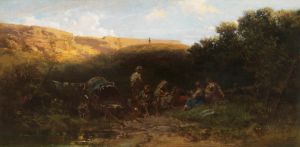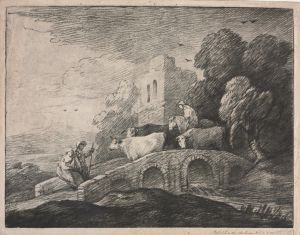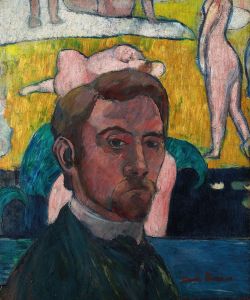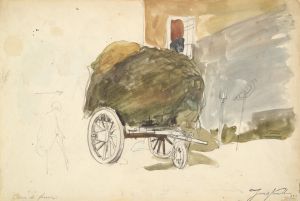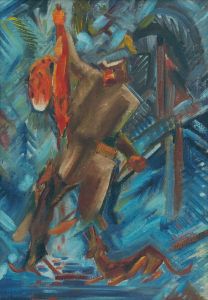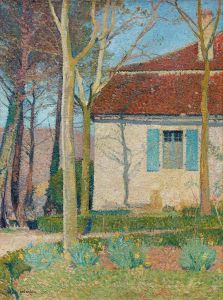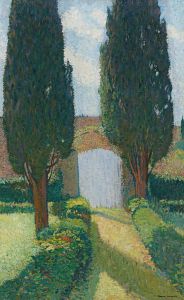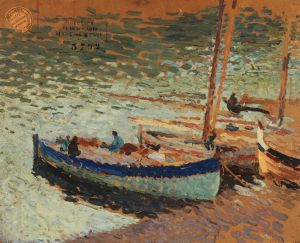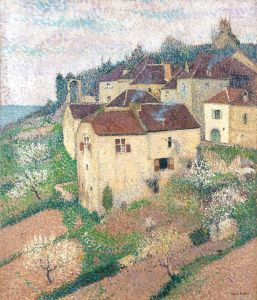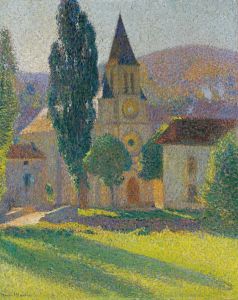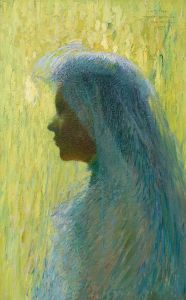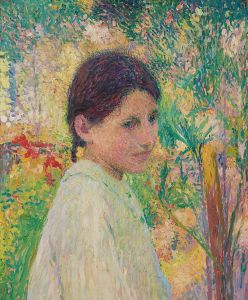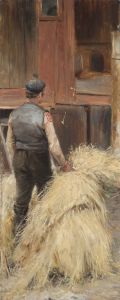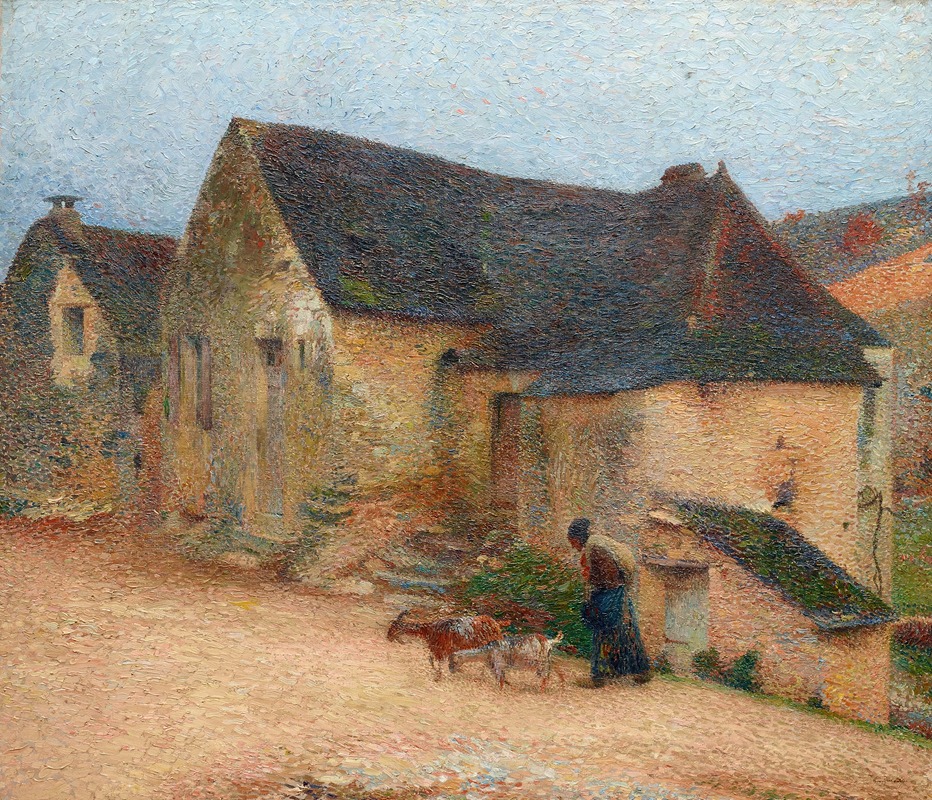
Chevrière devant une vieille maison à Labastide
A hand-painted replica of Henri Martin’s masterpiece Chevrière devant une vieille maison à Labastide, meticulously crafted by professional artists to capture the true essence of the original. Each piece is created with museum-quality canvas and rare mineral pigments, carefully painted by experienced artists with delicate brushstrokes and rich, layered colors to perfectly recreate the texture of the original artwork. Unlike machine-printed reproductions, this hand-painted version brings the painting to life, infused with the artist’s emotions and skill in every stroke. Whether for personal collection or home decoration, it instantly elevates the artistic atmosphere of any space.
Henri Martin was a prominent French post-impressionist painter known for his serene landscapes and depictions of rural life. One of his works, "Chevrière devant une vieille maison à Labastide," captures the essence of his style and thematic focus. This painting, whose title translates to "Goatherd in Front of an Old House at Labastide," reflects Martin's fascination with the French countryside and his ability to convey the tranquility and beauty of rural settings.
Henri Martin was born in 1860 in Toulouse, France, and he developed an interest in art at a young age. He studied at the École des Beaux-Arts in Toulouse and later in Paris, where he was influenced by the Impressionists and the Symbolists. Over time, Martin developed a unique style that blended elements of both movements, characterized by a harmonious use of color and light.
"Chevrière devant une vieille maison à Labastide" is a testament to Martin's mature style. The painting depicts a pastoral scene in the village of Labastide-du-Vert, located in the Lot department of southwestern France. This region was dear to Martin, who spent much of his later life there, and it frequently served as the backdrop for his works.
In the painting, a goatherd is seen standing in front of an old, rustic house, surrounded by lush greenery. The composition is balanced and serene, with the goatherd positioned slightly off-center, drawing the viewer's eye into the scene. The house, with its weathered façade, adds a sense of timelessness and history to the painting, suggesting a connection between the land and its inhabitants.
Martin's use of color in this painting is particularly noteworthy. He employs a palette of soft, muted tones that evoke a sense of calm and nostalgia. The brushwork is delicate and precise, capturing the play of light and shadow on the landscape. This technique is characteristic of Martin's work, where he often used small, deliberate strokes to build up layers of color and texture.
The painting reflects Martin's interest in capturing the everyday life of rural France, a theme that recurs throughout his oeuvre. His works often depict scenes of peasants at work, village streets, and the natural beauty of the countryside. Through these depictions, Martin sought to convey the simplicity and dignity of rural life, as well as the enduring connection between people and their environment.
Henri Martin's contribution to art extends beyond his paintings. He was a member of the Société des Artistes Français and received numerous accolades during his lifetime, including the Grand Prix at the Exposition Universelle in 1900. His works are held in high regard and can be found in major museums and collections around the world.
"Chevrière devant une vieille maison à Labastide" exemplifies Martin's ability to capture the essence of rural France with sensitivity and grace. It stands as a testament to his skill as a painter and his deep appreciation for the natural world. Through this work, viewers are invited to step into a moment of quiet reflection and to appreciate the beauty of a simpler time and place.





